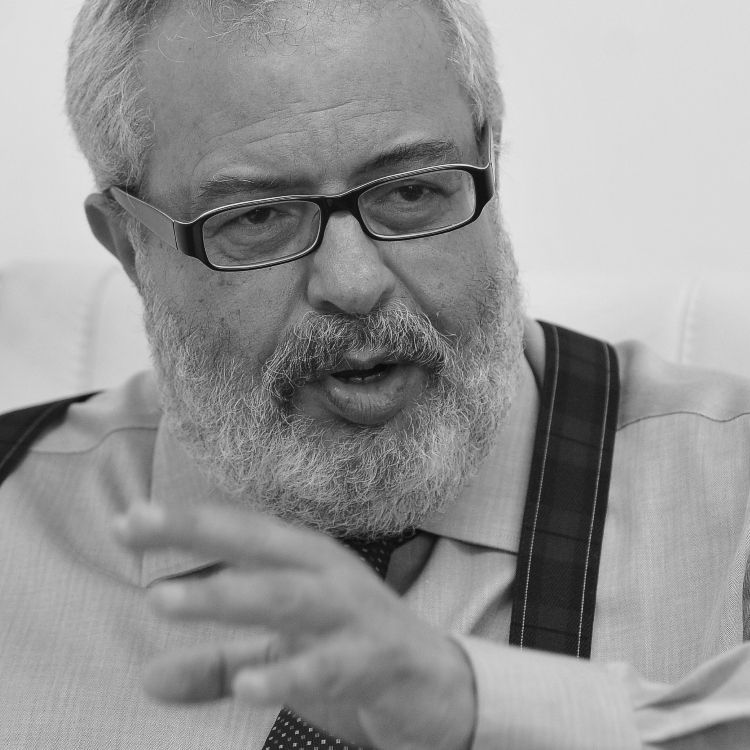Only the governor of Malta’s central bank (and the German government) has access to his Stasi file before he dies
I have made some enquiries about gaining access to the East German Stasi file on Mario Vella, who has now been appointed governor of Malta’s central bank, but have been told that the German government secured all Stasi files in 1990 after the fall of the Berlin wall and that the only access permitted – since 1992 – has been by individuals requesting to see their own files.
In other words, the German government will allow German citizens and foreigners to examine the files which the Stasi (Soviet-era East Germany’s Ministry of State Security) kept on them, but it will not allow them to examine the files which the Stasi kept on others.
Last year, there was a development. The German government put on line the Stasi files kept on individuals who are no longer living, making them available to everyone. This means that the Stasi file on Malta’s new central bank governor will eventually become public, but only after he dies.
That’s a little too late for Malta’s public-interest concerns in the here and now. More disturbingly still, the German government has access to the Stasi file on Malta’s central bank governor, but the Maltese government does not – unless Mario Vella himself obligingly requests access and informs the government of the contents.
However, the processing of applications to view files is protracted, with some individuals waiting for as long as three years to gain access to theirs. By that time, Vella’s term as governor will be almost over.
Vella’s official biography says that he studied “at the Humboldt in Berlin”. This is completely disingenuous because he makes it sound as though he graduated from the prestigious university we know today. But Vella was there in the 1970s, when the university was no longer a proper university but an East Berlin training ground for Soviet ideology. It was under the tight ideological control of the Sozialistische Einheitspartei Deutschlands (Socialist Unity Party of Germany, SED) which rigorously selected students on the basis that they were good Soviet disciples who met with Stasi approval. This was to ensure that no democratic opposition could grow on its campuses.
When Mario Vella was at the Humboldt, independent research and teaching were not possible and had not been possible since 1949. All academic staff were Soviet-era communists approved by the Stasi, and their brief was to get the education system in line with the ruling ideology.
The situation at the Humboldt was so bad that its Stasi-selected students and academics made a point of not taking part in the uprising which led to the fall of the Berlin wall in 1989. Even immediately after the wall was torn down and the people of East Germany were free, the Humboldt’s academics elected SED party member and former Stasi spy Heinrich Fink as rector.

The Stasi file (East German Soviet-era Ministry of State Security) file on Mario Vella will not be accessible to anybody but him (and the German government) until after his death.
